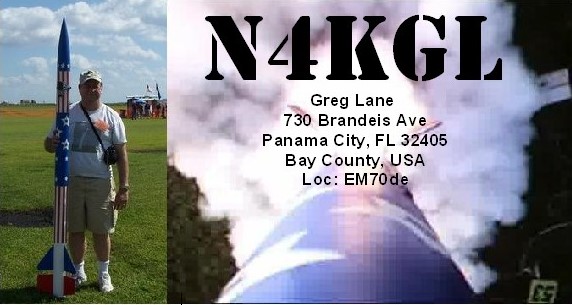Dennis WA6QKN and I will combine Rapid Deployment Radio (RaDAR), Parks On The Air (POTA), and Amateur Satellites along with a fun bike ride. All of this will be in Wakulla County, Florida. Rapid Deployment Amateur Radio combines the outdoors, amateur radio, and movement. You are welcome to try RaDAR in the field or chase us on the radio. Please check https://pota.us/ for our spots. We will use N4KGL as our callsign. In RaDAR we need at least five contacts to move to the next location. For bikes, we need to move at least two kilometers. Our bike rides will be longer to get from park to park.
Our four-hour clock for the challenge will start at 1300 UTC, 9 AM EDT, with the SO-50 pass at the Wakulla Station Trailhead on the Tallahassee St Marks Historic Rail Trail (POTA K-3661). We will complete our five contacts on HF and ride our bikes to Wakulla State Forrest (POTA K-4643). Then continue the bike ride to Wakulla Springs State Park (POTA K-1862). Our HF contacts will be CW or SSB on
40, 20, or 17 meters. Please watch for our spots on https://pota.us/#/
Our rig will be the Elecraft KX2 with the Elecraft KXPA100 amp. I will use a bike cart to pull the rig and a 30 AH Bioenno battery. The antenna will be a SOTABeams Band Hopper Link Dipole.
We may continue this pattern beyond four hours to qualify for one of the RaDAR Awards sponsored by Parks On The Air.
Warthog Award: two RaDAR* transitions at or between entities during a 24 hour period.
Rhino Award: three RaDAR* transitions at or between entities during a 24 hour period.
Cheetah Award: five RaDAR* transitions at or between entities during a 24 hour period
Ostrich Award: seven RaDAR* transitions at or between entities during a 24 hour period.
Leopard Award: ten RaDAR* transitions at or between entities during a 24 hour period.
Lion Award: twelve RaDAR* transitions at or between entities during a 24 hour period
RaDAR rules
RaDAR Group on MeWe
RaDAR on Groups.io
Tallahassee St Marks Rail Trail

















